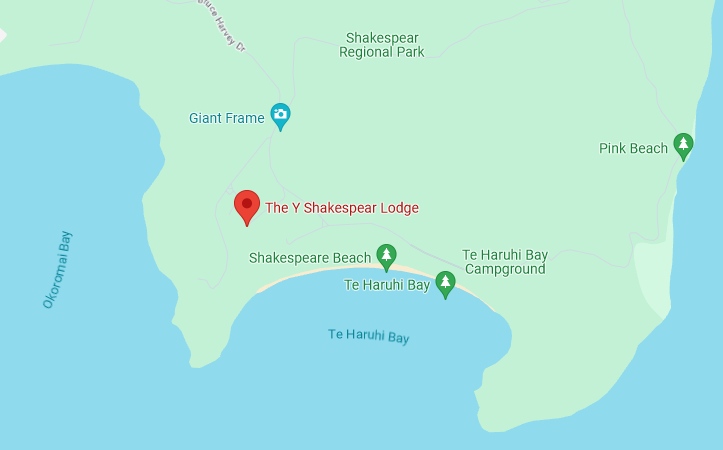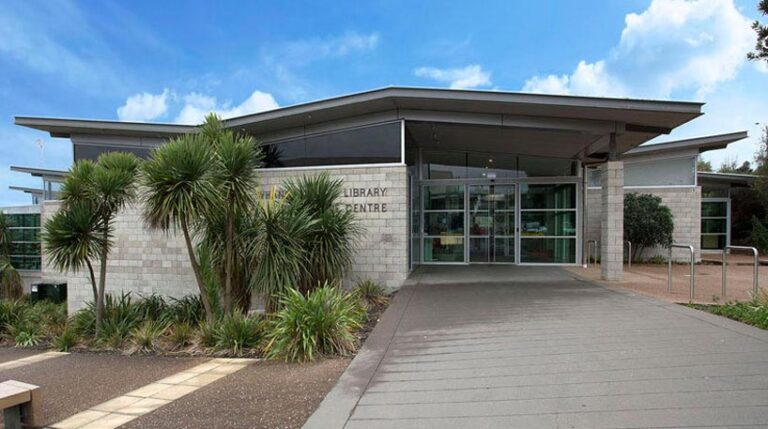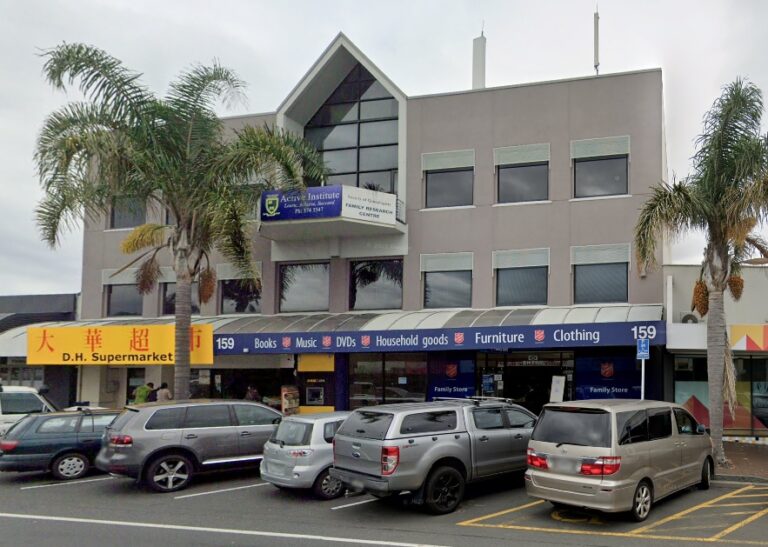Visit To Shakespear Lodge (1 Apr 2022)
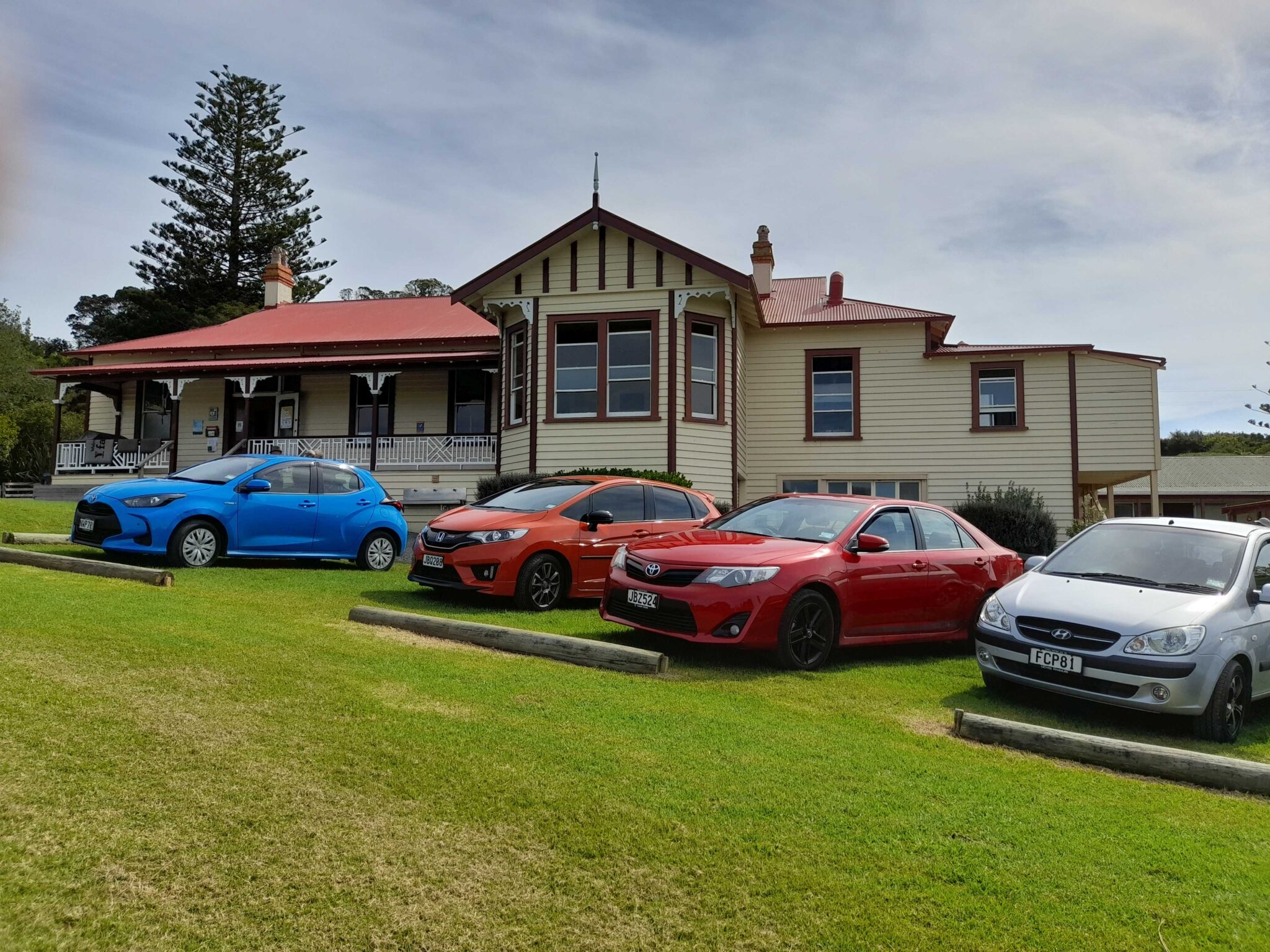
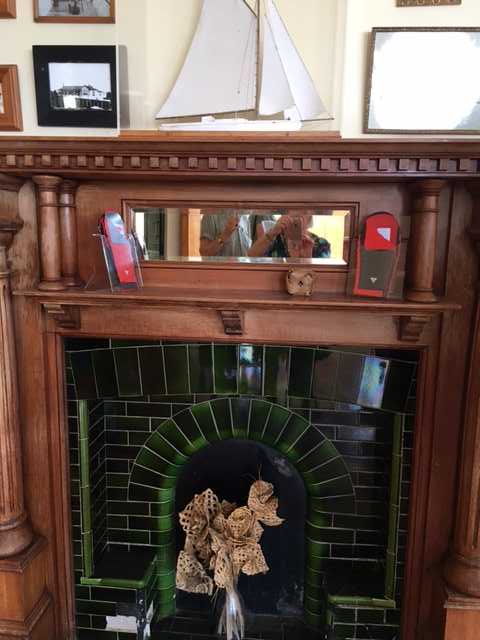
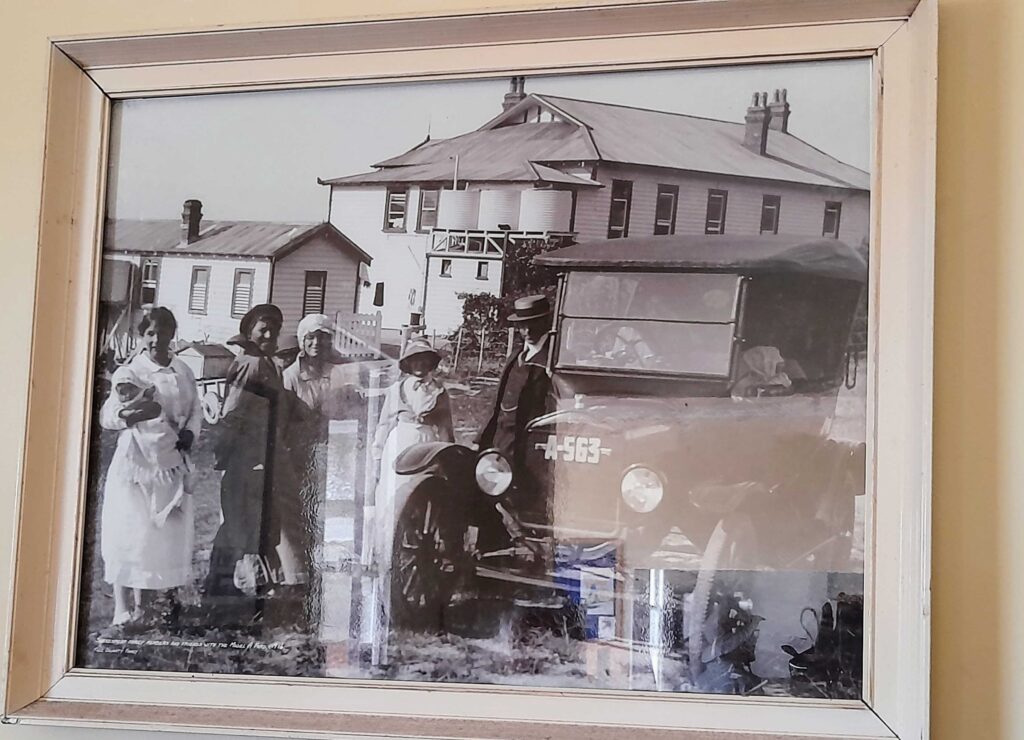
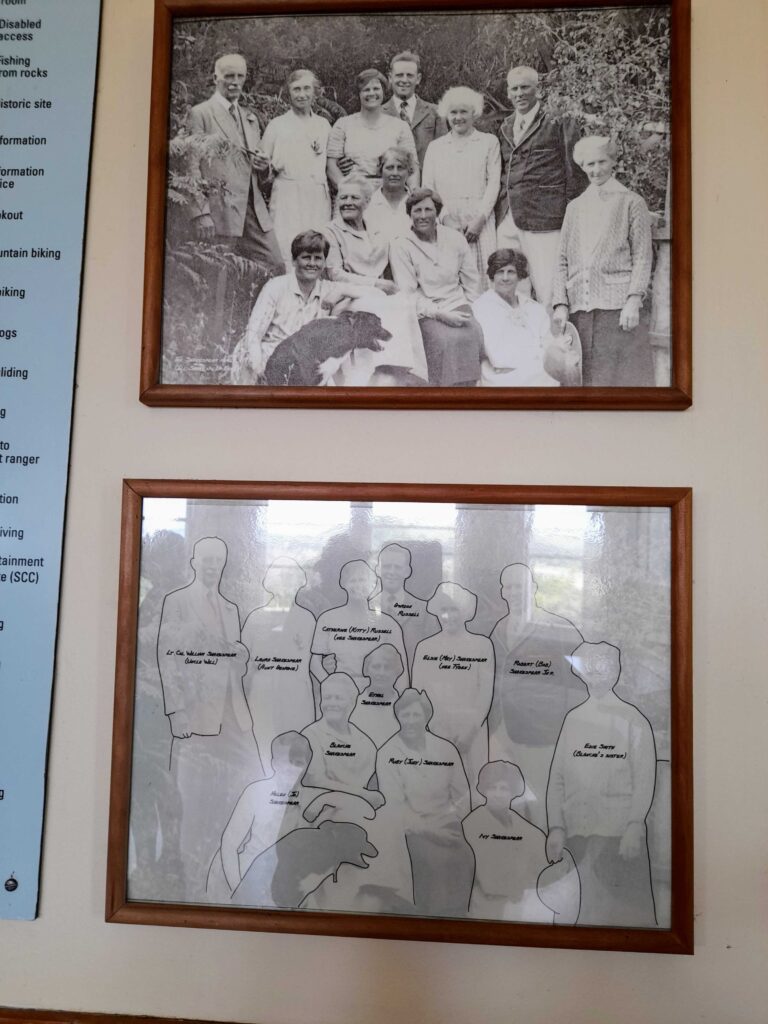
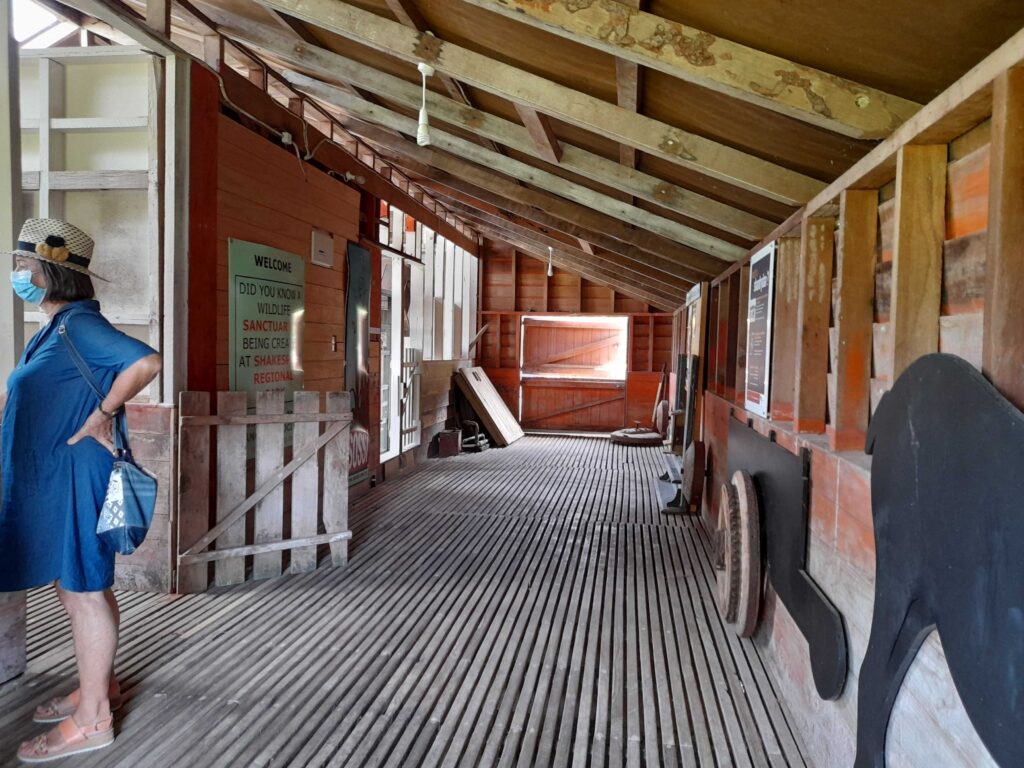
(photo courtesy of Marie Le Blanc)
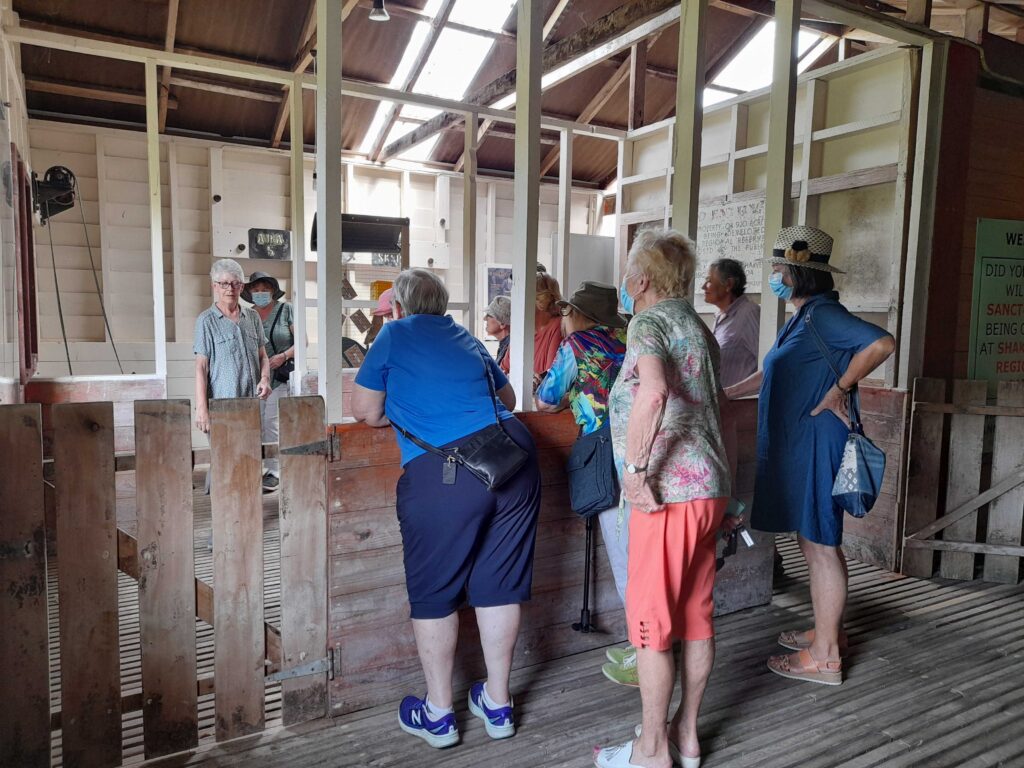
(photo courtesy of Marie Le Blanc)
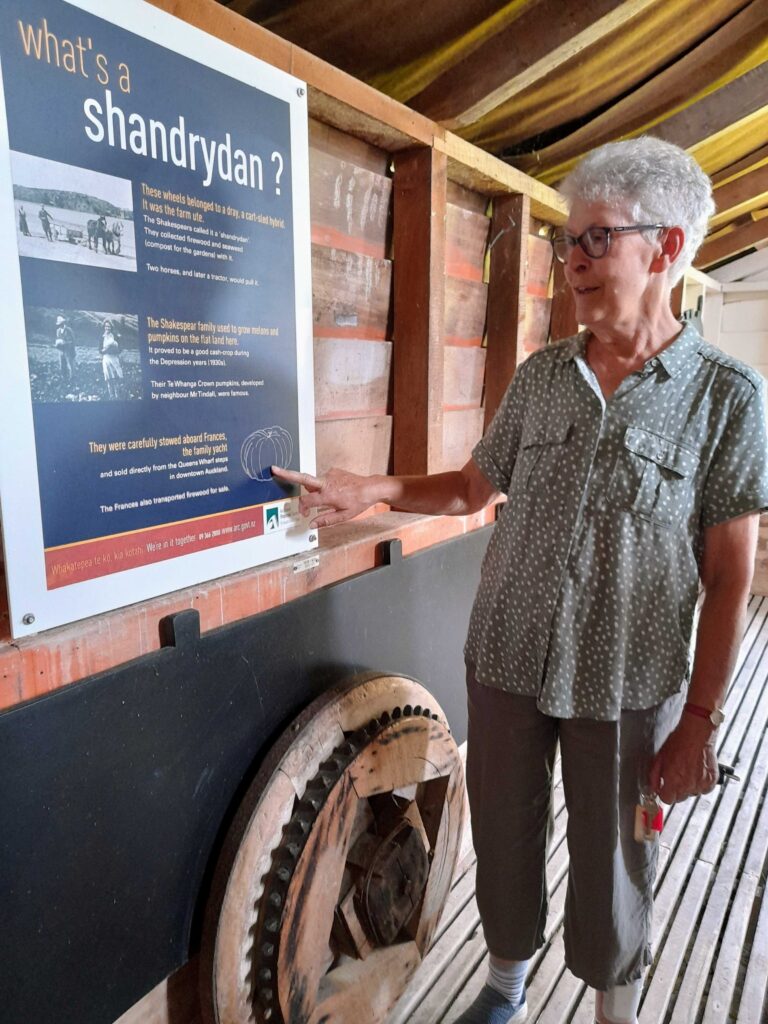
(photo courtesy of Marie Le Blanc)
In its 122 years of existence, the Shakespear homestead has gone from housing a large farming family to providing bunkroom accommodation to thousands of local youth taking part in outdoor education programmes. The building, designed as a modest home for Blanche and Robert Shakespear’s family, was occupied by them until the farm and homestead was purchased by the Auckland Regional Authority (now Auckland Regional Council) in 1967. It has been well preserved, making it easy for visitors today to picture the life of its original occupants. Descendants of Blanche and Robert still live in the area.
The land that the family ran as a cattle, sheep and produce farm, was purchased by Robert Shakespear’s grandfather, Sir Robert North Collie Hamilton, Baronet of Stratford on Avon, from Ranulph Dacre. The 1333-acre property on which the homestead was built passed to Blanche Shakespear after Sir Robert’s death.
Robert and Blanche had seven children, five of whom kept the farm going after their father’s death in 1910. Son Bob managed the operation with eldest daughter Frances (Cis), while Ivy, Ruby (Judy) and Ethel worked on the farm. Helen trained as a midwife and the youngest, Kitty, attended school in Auckland.
The house is built on a former Maori pa site, overlooking Te Haruhi Bay, and remains of the pa, including a kumara pit, can still be seen in front of the house. The structure is largely kauri, with kauri match lining, scrim and wallpaper inside. It had seven bedrooms, two bathrooms, a library, kitchen, scullery, and dining room and toilet built as an extension. A sunroom was added in the 1930s. Outbuildings included a dairy, garages and a woolshed.
Our group then visited the old wool shed. Carved into a wooden panel were the names of some of the cattle, maybe recorded by one of the Shakespear girls. With the aid of a magnifying glass and a spare hour, I could have plotted the life of Daisy and Poppy. However, there was more to see and it was interesting to gain insight into the precautions being taken to keep the area safe from pests. The fences are there to keep every pest out, including any naughty moggy. Our members, Alison Wesley and Megan Thompson are both heavily involved with keeping this area safe. The little spotted kiwi is hopefully deciding to move into the area.
Thanks to Alison for organising this delightful visit. Wendy Fitzpatrick

